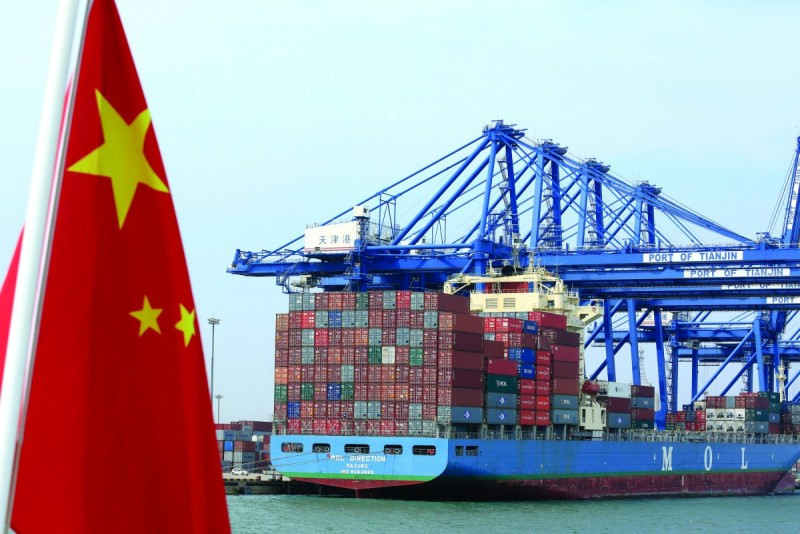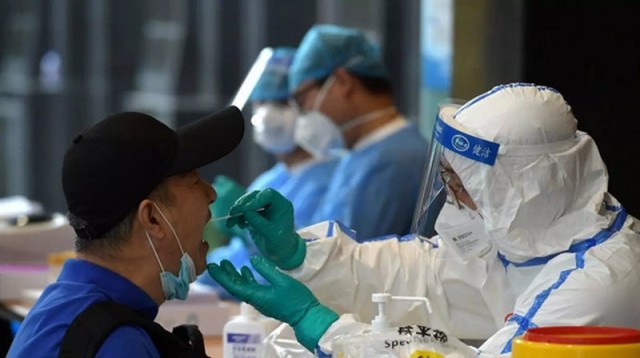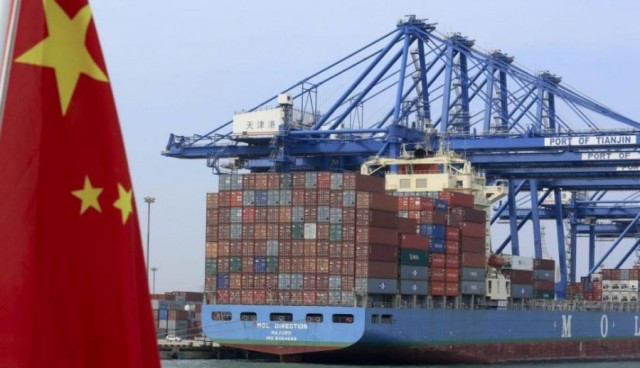China achieved a trade surplus that exceeded expectations last December, in light of the recovery of internal and external demand from the repercussions of the Corona pandemic.
According to Arabiya Net, exports rose by 18% on an annual basis, exceeding expectations for a growth of 15%, and imports rose by 7% against expectations of a growth of 5% .
The Chinese trade balance achieved the highest surplus since 2007, reaching 78 billion dollars, while the trade balance surplus with the United States decreased to 30 billion dollars in December, from 37 billion Dollars in November.
US President Donald Trump pledged in the 2016 election year to begin quickly reversing the US commodity trade deficit with China, ignoring the major economists who downplay the bilateral deficit. Nevertheless, the deficit with China increased to $ 287 billion in the 11 months to November last year, according to Chinese data.
China's trade surplus with the United States set a record with the end of Trump's term. The deficit decreased year-on-year in 2019, as US companies turned to imports from countries such as Vietnam, but it remained above the $ 254 billion gap in 2016.
> This is partly due to Beijing imposing retaliatory tariffs on about $ 110 billion in goods to reduce its imports of American products, and it has only begun to recover in the past few months of 2020.
As part of the first-phase trade agreement signed a year ago, Beijing ambitiously pledged to import $ 172 billion in US goods in specific categories in 2020, But, by the end of November, it had bought only 51% of this target. The decline in energy prices amid the epidemic and problems with Boeing aircraft have played a role in this failure.
and the continuing deficit demonstrated the extent to which companies rely on China's enormous manufacturing capacity, something that the epidemic once again highlighted. China was the only country able to increase production on a large enough scale to meet the growing demand for commodities such as home computers and medical equipment.












































